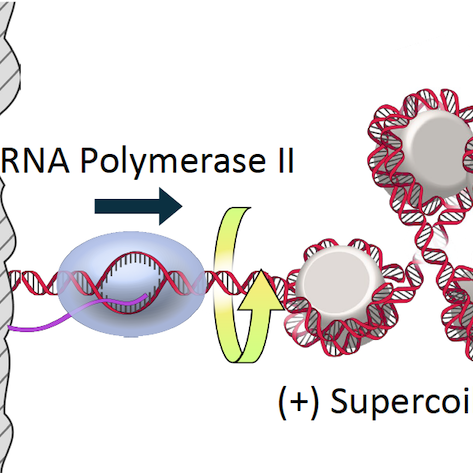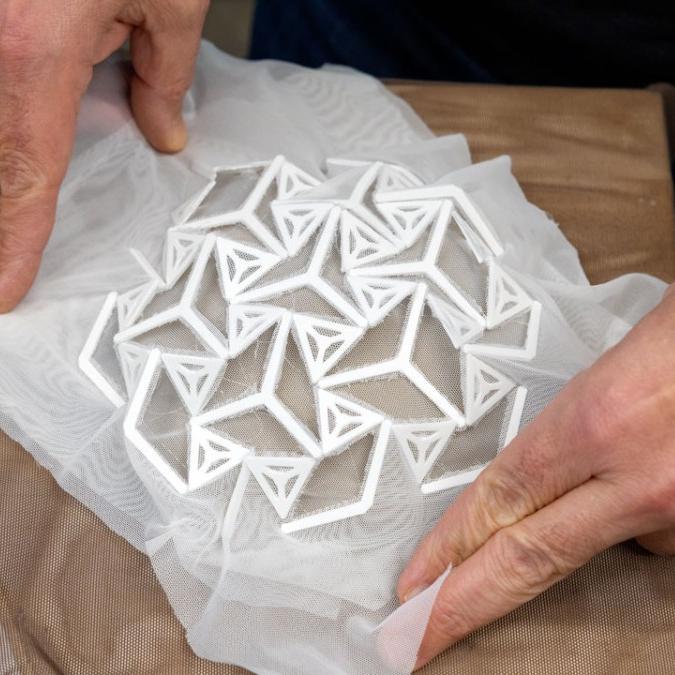
 Department Homepage
The College of Arts & Sciences
Department Homepage
The College of Arts & Sciences
Early career scientists named as inaugural Mong Fellows in Neurotech
Researchers in the collaboration between the Colleges of Arts & Sciences and Engineering will work on technologies and new tools to reveal the inner workings of the brain.




